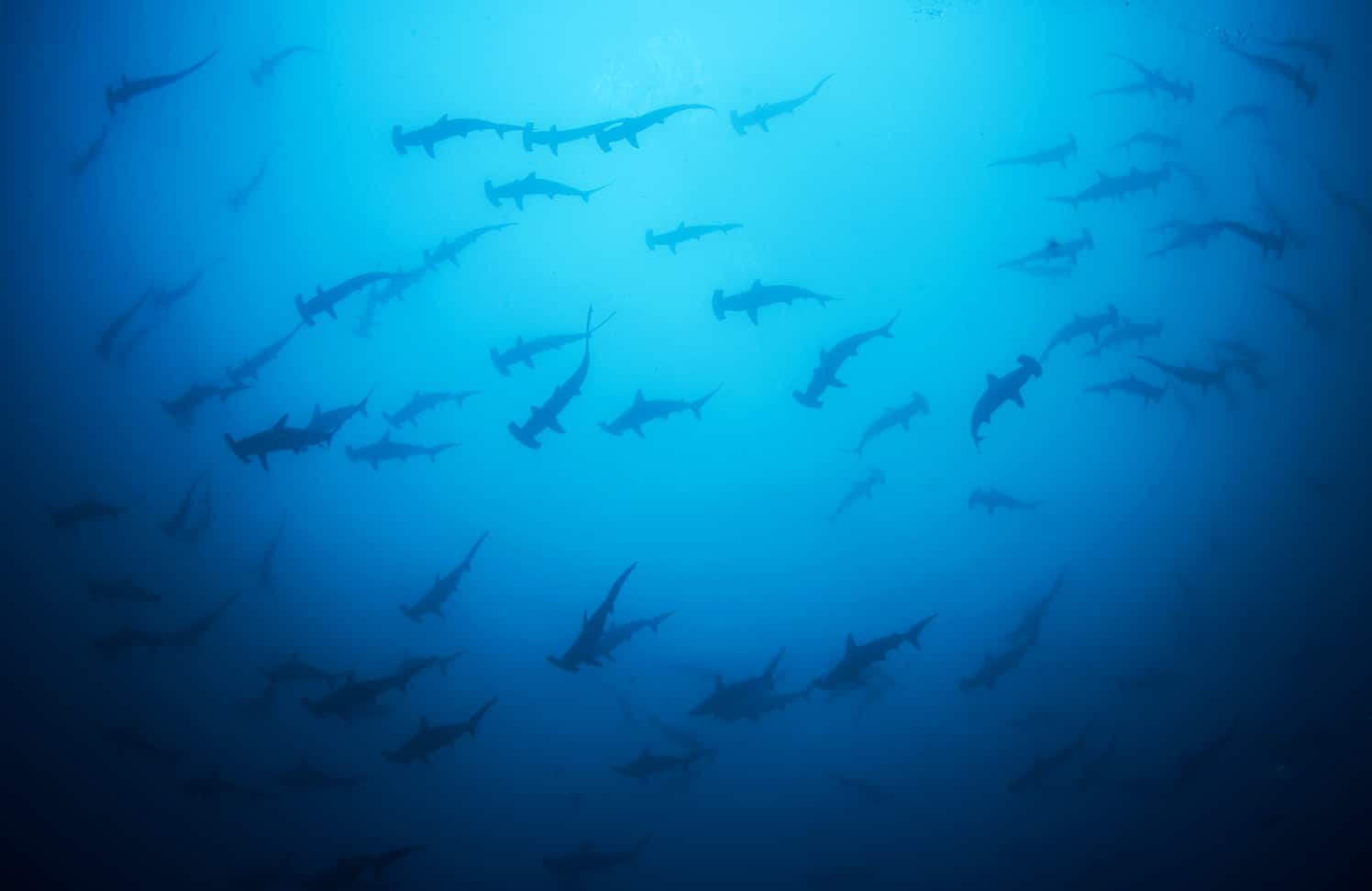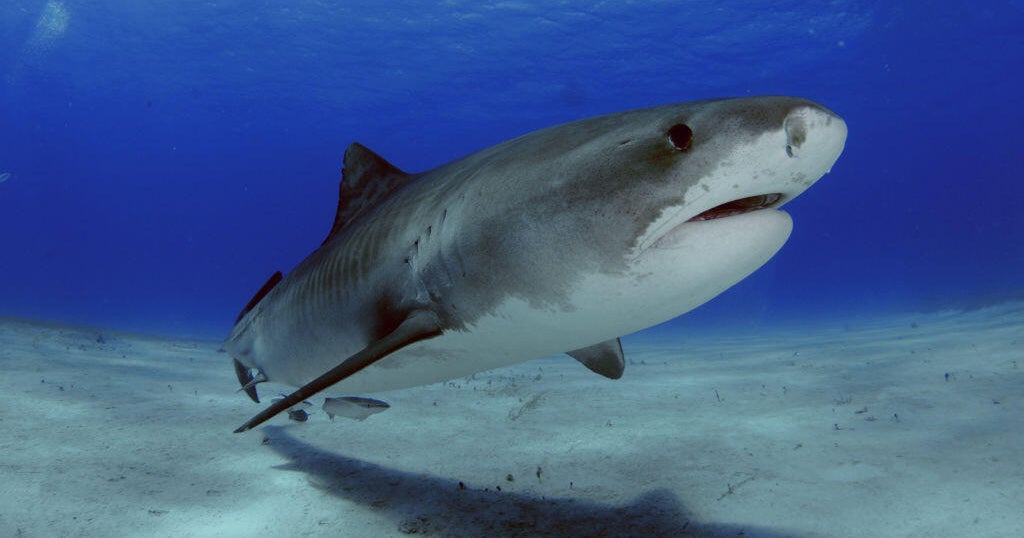- Messages
- 54,464
- Reaction score
- 8,568
- # of dives
- 500 - 999

Mexican Diver Survives Shark Attack at Costa Rica's Cocos Island
A Mexican diver got bitten by a shark while diving near Costa Rica's Cocos Island, suffering head injuries but staying stable.
A Mexican tourist survived a shark bite during a dive near Cocos Island National Park, off Costa Rica’s Pacific coast. The man, in his 40s, got attacked on his scalp and the left side of his face while exploring underwater at a site called Roca Sucia, about 30 meters deep. The shark also damaged his air hoses, forcing him to surface quickly to avoid further issues.
Firefighters responded fast after the alert came in around midday on Saturday. They treated him on site, stopping the bleeding and keeping him stable before prepping for transport. Because Cocos Island sits over 500 kilometers from the mainland, the trip back to Puntarenas by boat will take 36 to 40 hours. Doctors expect him to reach a hospital there for more care once he arrives.
Witnesses say the shark reacted during a tagging effort, not out of aggression. The diver’s mask likely protected him from worse injuries. Officials have not named the shark species yet, and they plan to look into the full details to assess any risks for future visits.
Cocos Island gets divers from around the world due to its rich sea life, including schools of hammerheads and other sharks. Attacks like this happen seldom in these waters; the last major one made headlines back in 2017 when a U.S. woman died from a tiger shark bite. Park rangers stress that most encounters stay safe if people follow guidelines, like keeping distance and avoiding actions that might startle marine animals.




